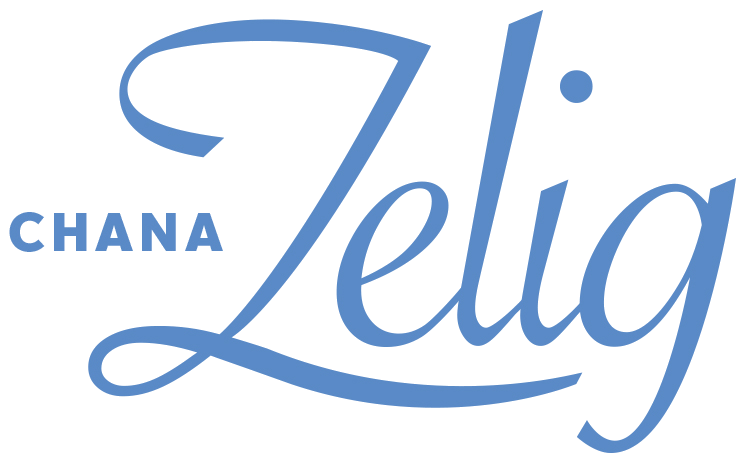Personalized Ketubah Prints
Several of Chana's designs, shown below, are now available as prints.
Just choose a design, add personalization, and select from a variety of texts, sizes and papers. Prints are also available on canvas and/or gilded with 23-Karat gold leaf.
Everlasting Love
The words ahavat olam, everlasting love, sit inside interlocking rings. The verse at the bottom is “I betroth you to me forever.” (Hosea 2:19.) Pomegranates are ancient symbols of abundance and blessings.
Hamsa with Henna Pattern
A hamsa is a hand-shaped charm meant to offer protection and blessings. This symbol is common throughout the middle-east, and is derived from the Hebrew and Arabic words for “five.” Often, it includes a blue stone or eye to symbolize God’s watchfulness. Henna is a dye that has been used to adorn a bride’s hands as part of wedding celebrations since the late Bronze Age. This hamsa is decorated with a traditional henna pattern, and underscored with the words from Song of Songs: “I am my beloved’s, and my beloved is mine.” May this Hamsa bring the joy, peace and blessings to the newlyweds
Hamsa with Scrollwork
A Hamsa is an ancient symbol that indicates the protective hand of God, and often contains a blue stone that represents God’s watchful eye. The scrollwork pattern in this hamsa resembles that of jewelry and illuminated manuscripts. The verse is from Song of Songs: “I am my beloved’s and my beloved is mine.
Hamsa with Ancient Mosaic Pattern Gold Leaf
A Hamsa is an ancient symbol that is still used today to indicate the protective hand of God. This hamsa design is based on old Middle-Eastern mosaic patterns in order to connect the couple with an ancient tradition even as it provides divine protection for the future. The verse is from Song of Songs, “I am my beloved’s and my beloved is mine.”
Hamsa With Henna Pattern, with Gold Leaf
This design features striking hand-applied 23 karat gold leaf accents.
UNIFIED LIGHT
This artwork refers to the deeply spiritual teaching of the 18th-century mystic, Rabbi Israel Baal Shem Tov. It describes how each individual is endowed with heavenly light, and when two soul mates find each other, the couple brings forth a greater, unified light.
Hamsa with Scrollwork, Gold Leaf
This design features striking hand-applied 23 karat gold leaf accents.
Hamsa with Ancient Mosaic Pattern
A Hamsa is an ancient symbol that is still used today to indicate the protective hand of God. This hamsa design is based on old Middle-Eastern mosaic patterns in order to connect the couple with an ancient tradition even as it provides divine protection for the future. The verse is from Song of Songs, “I am my beloved’s and my beloved is mine.”
Canopy of Blessings
A chuppah, wedding canopy, symbolizes a home. The artwork on this canopy embodies qualities that characterize the newlyweds’ household. It contains a verse from Song of Songs, “I am my beloved’s and my beloved is mine,” to exemplify how the overarching value is mutual love. The four pillars that support this home are adorned with blessings for its inhabitants: pomegranates for abundance, olives for peace, grapes for rejoicing and blossoms to represent beautiful beginnings and potential for the future.
Wedding Blessings
Grapes--symbols of celebration—surround a silver goblet. The words are from the joyful wedding blessing that is recited over a cup of wine beneath the wedding canopy.
Cherry Blossoms
Blossoms are symbols of spring, renewal and potential for the future. The verse on top of the circle of cherry blossoms says, “I have found the one my soul loves.” It is from Song of Songs, a long love poem that describes the budding of flowers and fruit blossoms and celebrates lovers’ devotion to each other.
Cherry Blossoms With Metallic Paper-cut
Blossoms are symbols of spring, renewal and potential for the future. The verse on top of the circle of cherry blossoms says, “I have found the one my soul loves.” It is from Song of Songs, a long love poem that describes the budding of flowers and fruit blossoms and celebrates lovers’ devotion to each other.
Hamsa with Filigree Pattern
A Hamsa is an ancient symbol that indicates the protective hand of God, and often contains a blue stone that represents God’s watchful eye. The filigree pattern in this hamsa resembles ones found on ancient gilded ketubot and illuminated Hebrew texts. The verse is from Song of Songs: “I am my beloved’s and my beloved is mine.”
Hamsa with Filigree Pattern, Gold Leaf
A Hamsa is an ancient symbol that indicates the protective hand of God, and often contains a blue stone that represents God’s watchful eye. The filigree pattern in this hamsa resembles ones found on ancient gilded ketubot and illuminated Hebrew texts. The verse is from Song of Songs: “I am my beloved’s and my beloved is mine.”
Mazel Tov! Blessings for Good Fortune
The phrase at the top of this ketubah is Siman Tov u’Mazel Tov, a blessing for good fortune, which is traditionally sung at weddings and joyous lifecycle events. The images surrounding this ketubah are symbols of good wishes for the couple: pomegranates for abundance, grapes for celebration and olive branches for peace. The words woven throughout are from the wedding ceremony: joy, gladness, mirth, song, blessing, delight, rejoicing, love, harmony, peace and companionship.















